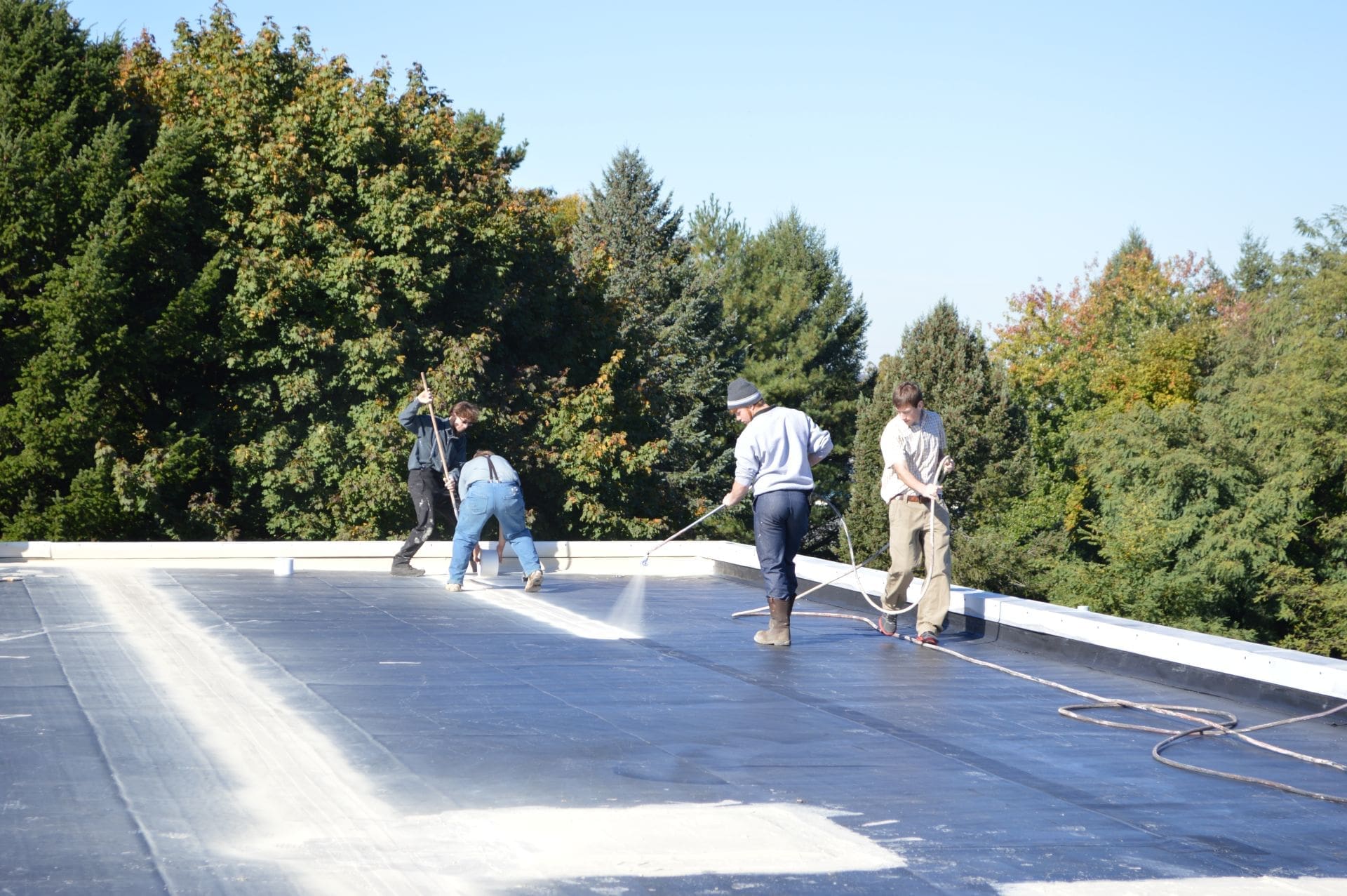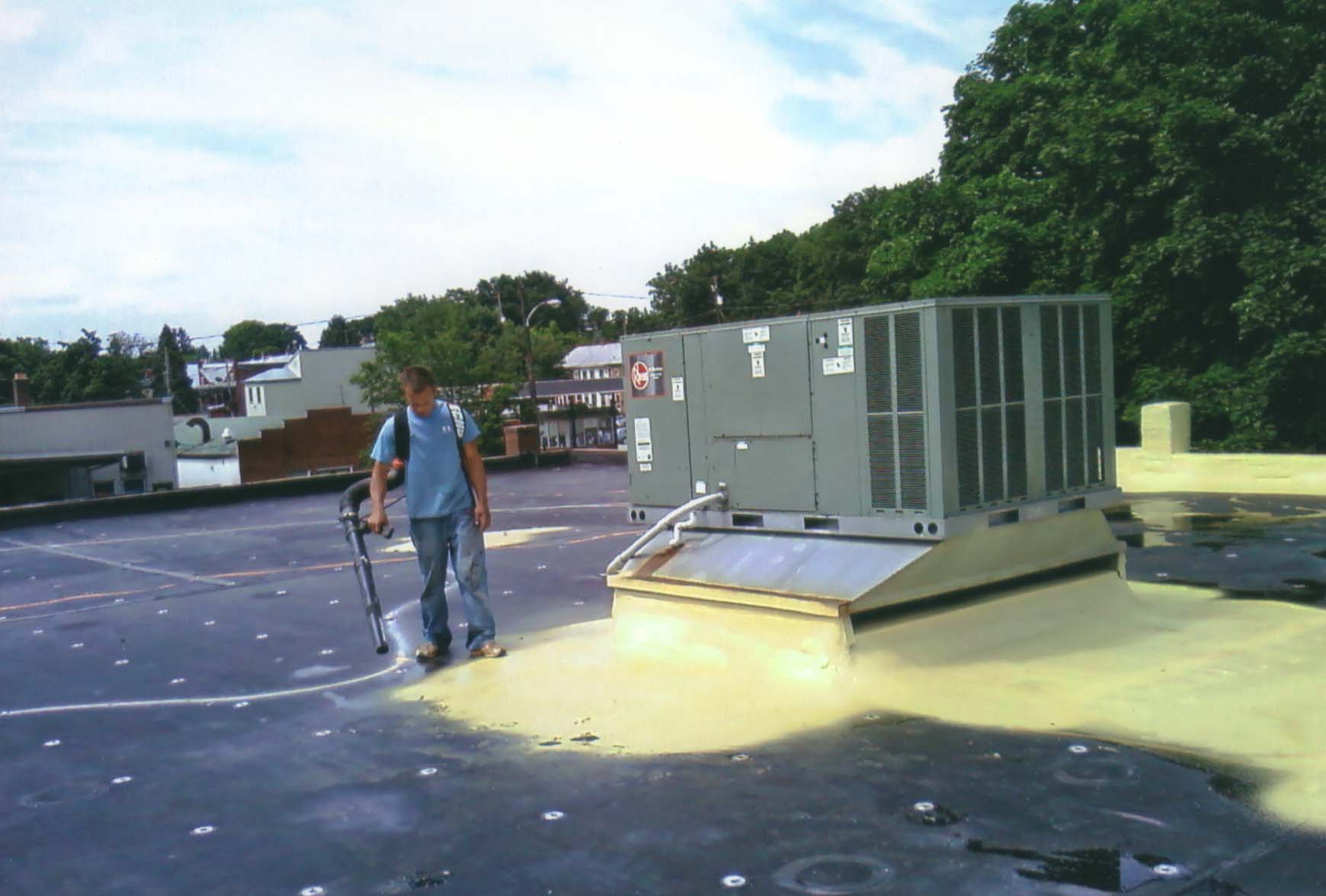In Baltimore, MD, the push towards environmental sustainability and cost efficiency is driving building owners and managers to embrace green building practices. These strategies are vital for reducing environmental impacts while simultaneously boosting property value and reducing operational costs. This article will discuss several targeted sustainable practices that are particularly effective in Baltimore’s distinct climate and market, focusing on innovative roofing solutions and construction techniques.
1. Green Roofing Systems
Green or “living” roofs are an excellent sustainable roofing option for Baltimore buildings. These systems involve growing vegetation on rooftops, which helps reduce urban heat islands and improve building insulation. For buildings in Baltimore, green roofs can significantly lower cooling costs in the summer months by absorbing heat and provide added insulation during colder periods. Furthermore, they manage stormwater effectively, reducing runoff and decreasing the burden on city drainage systems.
2. Cool Roofing Technology
Cool roofs are designed to reflect more sunlight and absorb less heat than standard roofs by using reflective materials. This can be especially beneficial in Baltimore’s hot summers, as it helps maintain cooler building temperatures without over-reliance on air conditioning. Installing cool roofs can be a straightforward process that dramatically increases energy efficiency and comfort.
3. Solar Panel Installation
Integrating solar panels into roofing is another sustainable practice gaining traction in Baltimore. Solar panels help buildings generate their own electricity, drastically reducing their carbon footprint and energy costs. Maryland offers several incentives for solar installations, making it an economically attractive option for building owners in Baltimore.
4. Use of Recycled and Sustainable Materials
For new constructions and renovations, choosing materials with recycled content or those sourced from sustainable practices can significantly impact the environment. Materials such as recycled steel, reclaimed wood, or sustainably harvested timber not only add a unique aesthetic but also promote environmental conservation.
5. Energy-Efficient Windows and Insulation
Upgrading to energy-efficient windows and improving insulation are crucial in managing a building’s energy consumption effectively. For Baltimore, where temperatures can vary drastically, having well-insulated walls and energy-efficient windows helps in maintaining internal temperatures and reducing dependency on heating and cooling systems.
6. Water Conservation Systems
Implementing systems to reduce water use and increase efficiency is essential for sustainable building management. Low-flow fixtures, rainwater harvesting systems, and efficient landscaping designs can help Baltimore buildings minimize water usage and reduce the overall environmental footprint.
7. Regular Maintenance and Upgrades
Sustainability isn’t just about installation but also about maintenance. Regular inspections and maintenance of roofing and other building systems ensure they operate efficiently and last longer. This is particularly important for roofing in Baltimore, where seasonal weather variations can cause wear and tear.
By adopting these sustainable practices, building owners and managers in Baltimore can lead the way in promoting environmental sustainability while enhancing the efficiency and value of their properties. These measures support the city’s broader sustainability goals and offer significant financial benefits through reduced operational costs.
If you’re ready to integrate these sustainable practices into your building management strategy, we’re here to help. Contact us at Oak Grove Roofing to explore how our expertise in modern roofing solutions and sustainable building practices can transform your property in Baltimore. Reach out today to schedule a consultation and take the first step towards a more sustainable and efficient future for your building.






